Plate Tectonics Has a Surprise Silver Lining
Without this restless geologic process, which triggers destructive earthquakes, Earth would not be habitable.

I imagine that exceedingly few people like to be unexpectedly jostled about by an earthquake. Whether you’re in an area known to be frequented by modestly powerful temblors, or whether you’re chilling out somewhere that isn’t especially prone to them—say, New York or New Jersey—it can be a disquieting experience. Earthquakes are also famously destructive: If they strike in just the right place, with sufficient shaking, they can ruin villages, towns, even cities and, should they trigger a tsunami, entire coastlines.
But Earth without earthquakes wouldn’t be, well, Earth. It wouldn’t be bursting with biology, nor would it have a clement atmosphere that supports a wealth of lifeforms. A lack of earthquakes would signify that the planet is geologically dead, or at the very least comatose—and things don’t end well for worlds whose innards are anything less than tumultuous.
Before I explain why, it’s important to note that quakes happen on other worlds. Wisely, scientists don’t call them earthquakes. Moonquakes happen, as do marsquakes; the former can cause the lunar surface to quiver for several minutes, while the latter are less dramatic, low-pitch grumbles. As these are the only two worlds (other than Earth) that have been studied with seismometers, we can only speculate about temblors on other planets and moons. But there are almost certainly quakes on hypervolcanic Venus too, as well as on the rime-covered surfaces of a multitude of icy moons, from Jupiter’s frigid Europa to Saturn’s frosted Enceladus.

All these celestial objects are geologically active to varying degrees—and, broadly speaking, that activity is driven by heat trapped within a world. That heat comes about in various ways. It can be generated by the radioactive decay of unstable elements, for example, or the gravitational pull of a massive planet on a wobbling moon can tear up and melt that satellite’s rocky innards—a mechanism known as tidal heating. Some planets and moons even retain a decent amount of heat from their fiery formation eons ago. Regardless of its source, all that heat ultimately wants to escape into space, and as it does so, it churns up the viscera of these worlds. That inner maelstrom drives all sorts of geologic processes—including those that ultimately cause quakes.

The Moon, being rather small, doesn’t have much heat left in its deep interior. But because the Moon is so cold, it’s shrinking over time, which causes ancient faults to slip and generate shaking. Mars is a bit toastier on the inside, and it probably has a molten core that might be able to churn about a fair bit—enough, at least, to knock the crust about and cause infrequent quivering. And Europa and Enceladus have something more akin to ice quakes: largely thanks to tidal heating mechanisms, both possess liquid water oceans that push and pull at their icy crusts, causing fracturing.
Earth, however, is unique in the solar system—at least as far as planetary scientists know. Its earthquakes have a variety of triggers, but they all ultimately stem from a process known as plate tectonics. Unlike every other relatively solid planet or moon we have observed in our solar system, the upper part of Earth’s geologic layer cake is full of deep schisms. These fractures bound individual tectonic plates—large chunks of crust and the more malleable upper mantle just below it—that constantly shift and jiggle about.
Sometimes these plates move away from one another. Sometimes they dive under or over each other. And sometimes they collide. There is much that scientists don’t yet understand about this process, but what they definitely do know is that, thanks to the churning deeper mantle, these plates go on both destructive and constructive voyages. They make mountain ranges and ocean basins, chains of explosive volcanoes and supercontinents, over and over again.
Plate tectonics make Earth topographically interesting, creating environments that worlds without this infernal jigsaw cannot hope to forge. But what’s crucial is that this process allows the planet to be what us surface dwellers would consider habitable. And that’s because plate tectonics acts as a global thermostat, without which Earth would turn positively apocalyptic.
Carbon dioxide, that most notorious of greenhouse gases, dissolves in bodies of water and gets locked up in carbon-bearing minerals. If those minerals are in the ocean, then they eventually get dragged down by one tectonic plate sliding beneath another at sites known as subduction zones. When this happens, that carbon spends millions of years imprisoned in the lower mantle until, one day far into the future, it reaches the surface again through volcanic eruptions. Water, which is also a potent greenhouse gas in vapor form, gets buried and unleashed in a similar manner.
Thanks to a variety of forcing mechanisms, Earth’s climate has fluctuated wildly over geologic time. As our planet orbits the Sun, it gradually shifts back and forth a little in a few different ways, orienting the planet in such a way that it receives more or less solar radiation—and which, in turn, can cook or chill the world for a spell. A massive asteroid impact can blanket the atmosphere in dust and aerosols that reflect sunlight, temporarily refrigerating the planet. Extremely rare but astoundingly epic volcanic eruptions that can last for hundreds of thousands of years can pump greenhouse gases into the sky, triggering warming spikes. And a certain species can, through the burning of fossil fuels, add greenhouse gases to the atmosphere at unprecedented speeds, ushering in chaotic climate change.
Nevertheless, on geologic timescales, plate tectonics ensures that Earth won’t grow so catastrophically hot that its surface becomes unlivable. Without plate tectonics, Earth would turn into Venus. And no planet aspires to be more like Venus.
Planetary scientists suspect that, billions of years ago, Venus had a significant amount of water on its surface in some form, perhaps as several seas or an ocean. It would have been an uncomfortably hot world by human standards, but not lethally so to various forms of life as we know it. And Venus also may have had plate tectonics not dissimilar from the sort that Earth has now.

But a series of volcanic eruptions, lasting many millennia, expelled far too much carbon dioxide and may have broken the planet’s thermostat. Such a sudden (on geologic timescales, anyway) injection of greenhouse gases would have caused the temperature to rise too high, too quickly. Those seas and oceans would have started boiling off into a gas, creating a lot of water vapor. And all that gaseous water would have caused temperatures to rise even faster. Without sufficient liquid water left on the surface to absorb that carbon dioxide, it would have lingered in the atmosphere. Subducting tectonic plates normally are able to bury lots of carbon but, without the water crucial to that carbon capture, the plates cannot bend and break properly. The entire process may have come to a halt. And if that happened, Venus would have lost its thermostat, causing its temperature to jump by hundreds of degrees and transforming the surface into a baked, arid wasteland.
That’s how the leading theory goes, anyway. Nobody is quite sure what Venus was once like, nor what triggered its runaway greenhouse effect. And, had it not been for—among other things—our world’s endlessly shifting tectonic plates, Earth could have shared the same grim fate as Venus.
Yes, those tectonic plates buckle and stretch, slip and slide, creating faults that jolt and snap, which generate earthquakes—sometimes devastatingly so. But these tremors are the vital sign of a planet with a beating geologic heart, an orb with a transmogrifying face. They are, for better or worse, one of the prices we pay for having a planet that sustains life as best as it can. They may rarely be something to be thankful for, but they do serve as a reminder that things could be a whole lot worse.
Robin George Andrews is a doctor of volcanoes, an award-winning freelance science journalist, and the author of two books: Super Volcanoes: What They Reveal About Earth and the Worlds Beyond (2021), and the upcoming How to Kill an Asteroid: The Absurd True Story of the Scientists Defending the Planet (2024).




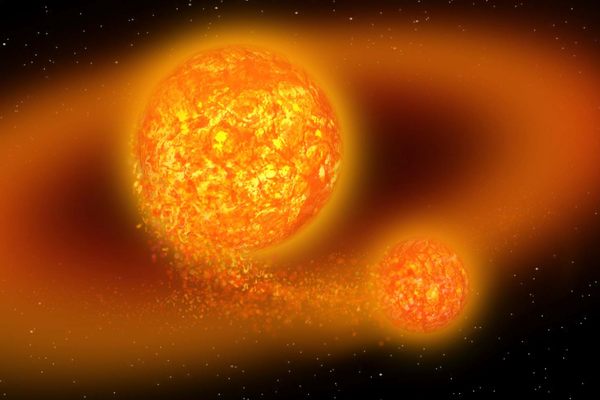


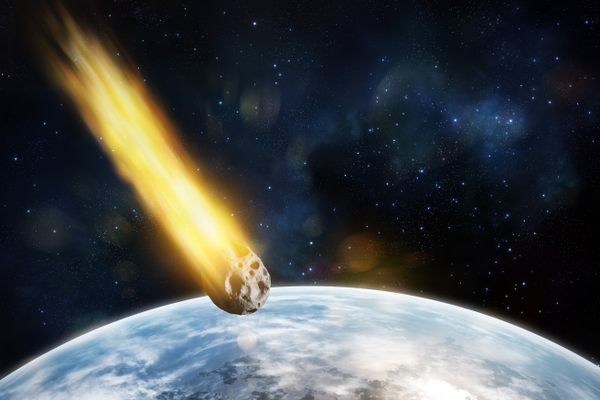









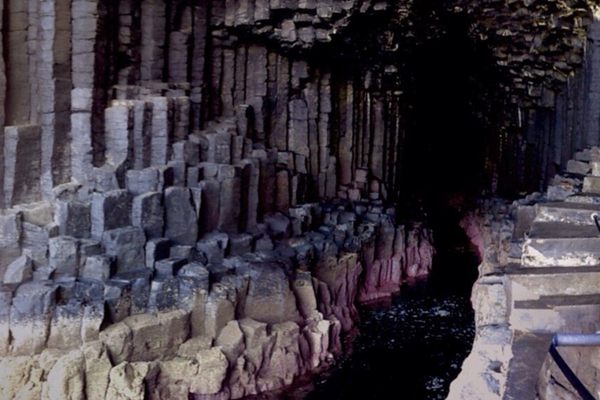


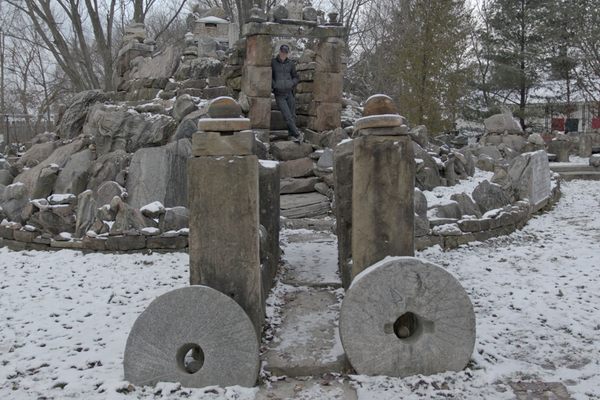

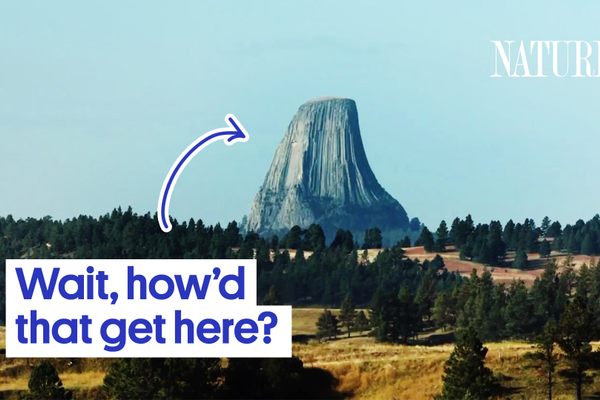



Follow us on Twitter to get the latest on the world's hidden wonders.
Like us on Facebook to get the latest on the world's hidden wonders.
Follow us on Twitter Like us on Facebook